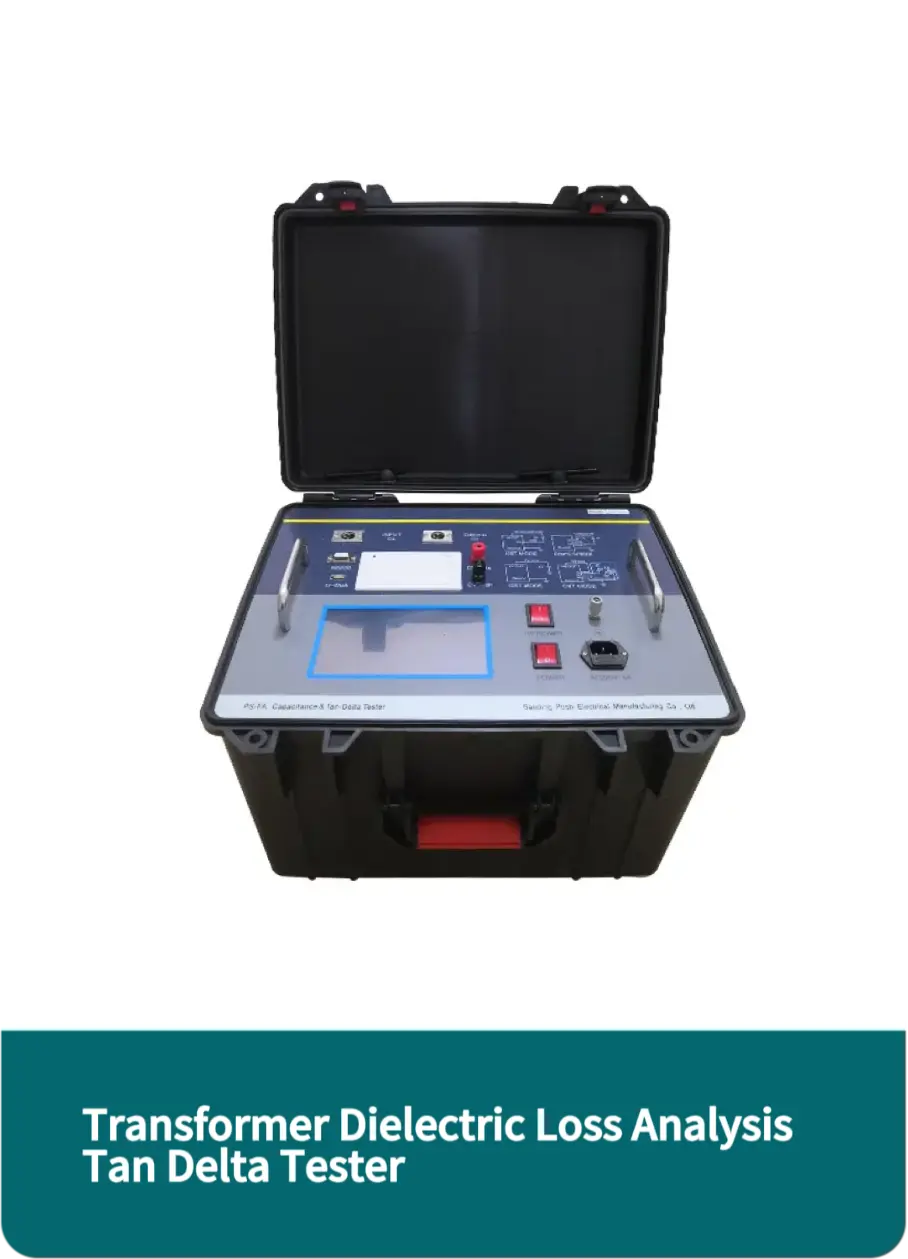 English
English



-
 Afrikaans
Afrikaans -
 Albanian
Albanian -
 Amharic
Amharic -
 Arabic
Arabic -
 Armenian
Armenian -
 Azerbaijani
Azerbaijani -
 Basque
Basque -
 Belarusian
Belarusian -
 Bengali
Bengali -
 Bosnian
Bosnian -
 Bulgarian
Bulgarian -
 Catalan
Catalan -
 Cebuano
Cebuano -
 China
China -
 China (Taiwan)
China (Taiwan) -
 Corsican
Corsican -
 Croatian
Croatian -
 Czech
Czech -
 Danish
Danish -
 Dutch
Dutch -
 English
English -
 Esperanto
Esperanto -
 Estonian
Estonian -
 Finnish
Finnish -
 French
French -
 Frisian
Frisian -
 Galician
Galician -
 Georgian
Georgian -
 German
German -
 Greek
Greek -
 Gujarati
Gujarati -
 Haitian Creole
Haitian Creole -
 hausa
hausa -
 hawaiian
hawaiian -
 Hebrew
Hebrew -
 Hindi
Hindi -
 Miao
Miao -
 Hungarian
Hungarian -
 Icelandic
Icelandic -
 igbo
igbo -
 Indonesian
Indonesian -
 irish
irish -
 Italian
Italian -
 Japanese
Japanese -
 Javanese
Javanese -
 Kannada
Kannada -
 kazakh
kazakh -
 Khmer
Khmer -
 Rwandese
Rwandese -
 Korean
Korean -
 Kurdish
Kurdish -
 Kyrgyz
Kyrgyz -
 Lao
Lao -
 Latin
Latin -
 Latvian
Latvian -
 Lithuanian
Lithuanian -
 Luxembourgish
Luxembourgish -
 Macedonian
Macedonian -
 Malgashi
Malgashi -
 Malay
Malay -
 Malayalam
Malayalam -
 Maltese
Maltese -
 Maori
Maori -
 Marathi
Marathi -
 Mongolian
Mongolian -
 Myanmar
Myanmar -
 Nepali
Nepali -
 Norwegian
Norwegian -
 Norwegian
Norwegian -
 Occitan
Occitan -
 Pashto
Pashto -
 Persian
Persian -
 Polish
Polish -
 Portuguese
Portuguese -
 Punjabi
Punjabi -
 Romanian
Romanian -
 Russian
Russian -
 Samoan
Samoan -
 Scottish Gaelic
Scottish Gaelic -
 Serbian
Serbian -
 Sesotho
Sesotho -
 Shona
Shona -
 Sindhi
Sindhi -
 Sinhala
Sinhala -
 Slovak
Slovak -
 Slovenian
Slovenian -
 Somali
Somali -
 Spanish
Spanish -
 Sundanese
Sundanese -
 Swahili
Swahili -
 Swedish
Swedish -
 Tagalog
Tagalog -
 Tajik
Tajik -
 Tamil
Tamil -
 Tatar
Tatar -
 Telugu
Telugu -
 Thai
Thai -
 Turkish
Turkish -
 Turkmen
Turkmen -
 Ukrainian
Ukrainian -
 Urdu
Urdu -
 Uighur
Uighur -
 Uzbek
Uzbek -
 Vietnamese
Vietnamese -
 Welsh
Welsh -
 Bantu
Bantu -
 Yiddish
Yiddish -
 Yoruba
Yoruba -
 Zulu
Zulu
pensky martens apparatus
The Pensky-Martens Apparatus A Critical Tool for Flammability Testing
In the realm of chemical safety and risk assessment, the Pensky-Martens apparatus stands out as a crucial instrument for evaluating the flammability of liquids. Developed in the early 20th century, this device has become an industry standard for determining the flash point of combustible materials, providing essential information for manufacturing, transportation, and storage practices.
The flash point is defined as the lowest temperature at which a liquid can vaporize to form an ignitable mixture in air. This property is critical in various industries, including petroleum, paints, solvents, and any field where volatile liquids are handled. Understanding the flash point helps companies mitigate risks associated with fire hazards and ensures compliance with safety regulations.
Construction and Operation
The Pensky-Martens apparatus is designed with several key components that facilitate a reliable flash point test. It typically includes a test cup, a heating element, a thermometer, and a means to introduce an ignition source. The test cup is filled with the sample liquid, and the apparatus is then heated at a controlled rate. The temperature is monitored, and at intervals, a small flame is applied above the test cup to check for ignition.
One of the defining features of the Pensky-Martens apparatus is its closed-cup design, which prevents evaporation of the test sample and provides more accurate results compared to open-cup methods. By controlling the environment around the liquid, the apparatus reduces variables that could skew the flash point measurements, making it an essential tool for laboratories and industrial settings.
Applications in Industry
The applications of the Pensky-Martens apparatus are widespread. In the petroleum industry, it is used to assess the flash points of crude oil, diesel, and gasoline, all of which have significant implications for safe handling and transport. Similarly, in the chemical manufacturing sector, the apparatus helps in identifying the volatility of solvents and additives used in products such as adhesives, paints, and varnishes.
pensky martens apparatus

Moreover, safety data sheets (SDS) often include flash point data, derived from tests conducted using the Pensky-Martens apparatus. This information is vital for emergency response teams and regulatory compliance, as it informs safe storage practices and potential spill responses.
Regulatory Impacts
As safety regulations become increasingly stringent, the importance of the Pensky-Martens apparatus grows. Organizations like the Occupational Safety and Health Administration (OSHA) and the Environmental Protection Agency (EPA) require accurate flash point data to ensure hazardous materials are appropriately classified and handled.
Companies that manufacture or use flammable liquids must conduct thorough testing to comply with these regulations. The Pensky-Martens method offers a reliable way to generate the necessary data, assisting companies in maintaining safety standards while avoiding potential legal issues associated with improper handling of flammable substances.
Conclusion
The Pensky-Martens apparatus is not just an industrial tool; it is a vital component of a broader safety framework that protects workers, consumers, and the environment. By providing accurate and reliable assessments of flash points, this apparatus helps industries make informed decisions about the safe handling of flammable liquids.
In a world where chemical safety is more critical than ever, the significance of the Pensky-Martens apparatus cannot be overstated. As industries continue to evolve and face new challenges, this tool will remain indispensable in the pursuit of safety and compliance, safeguarding lives and property from the dangers posed by flammable materials. Its legacy of reliability and precision will continue to support the development of safer practices across various sectors, reinforcing the importance of scientific rigor in public safety and industrial operations.
-
Testing Equipment Industry Sees Major Advancements in 2025: Smart & Precision Technologies Lead the WayNewsJun.06,2025
-
Applications of Direct Current Generators in Renewable Energy SystemsNewsJun.05,2025
-
Hipot Tester Calibration and Accuracy GuidelinesNewsJun.05,2025
-
Digital Circuit Breaker Analyzer Features and BenefitsNewsJun.05,2025
-
Benefits of Real-Time Power Quality Monitoring Devices for Industrial EfficiencyNewsJun.05,2025
-
Earth Fault Loop Testing in High-Rise Building Electrical SystemsNewsJun.05,2025



